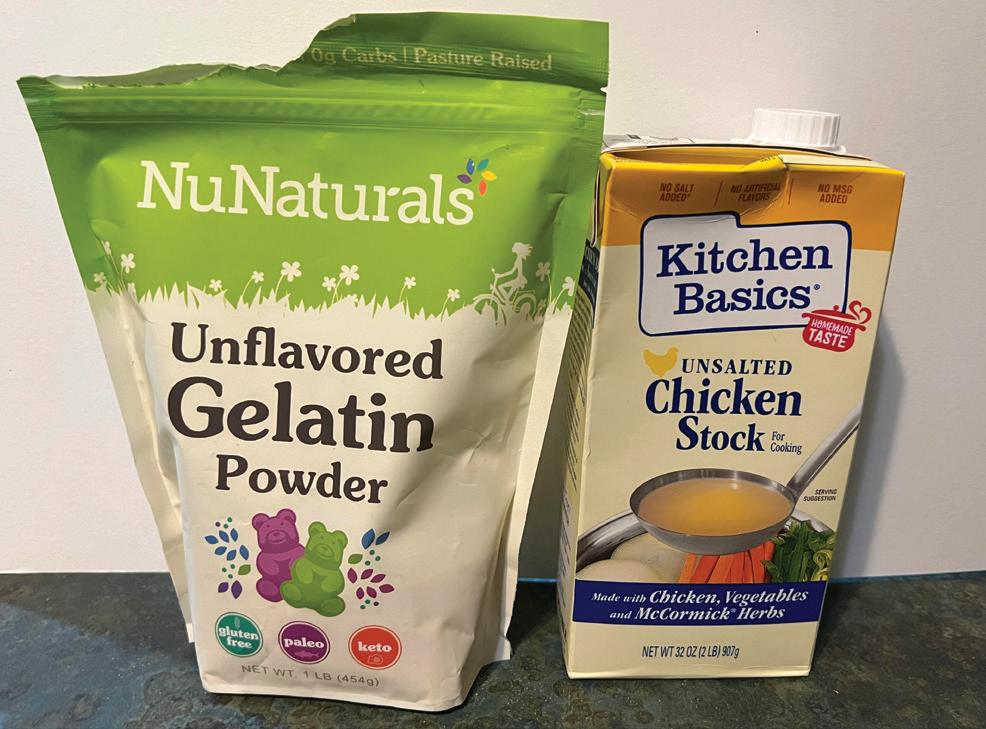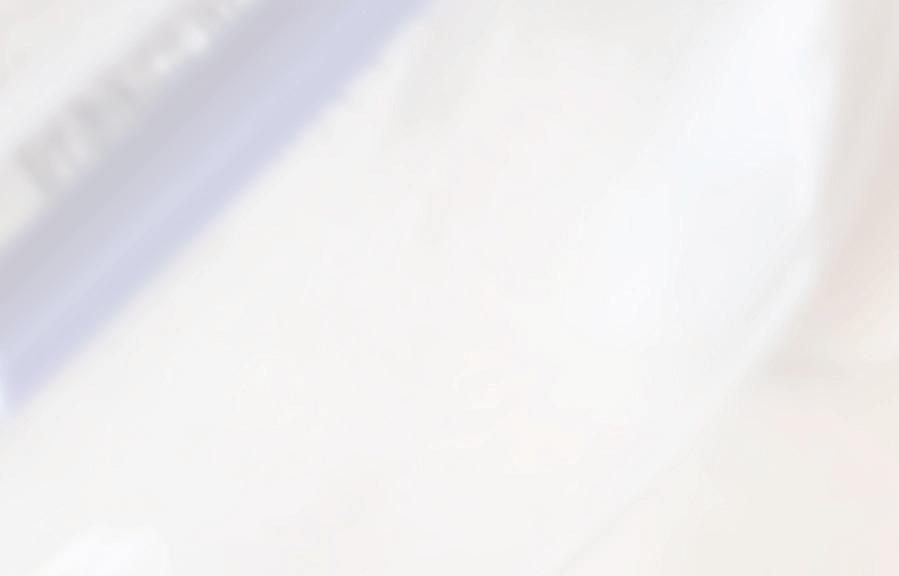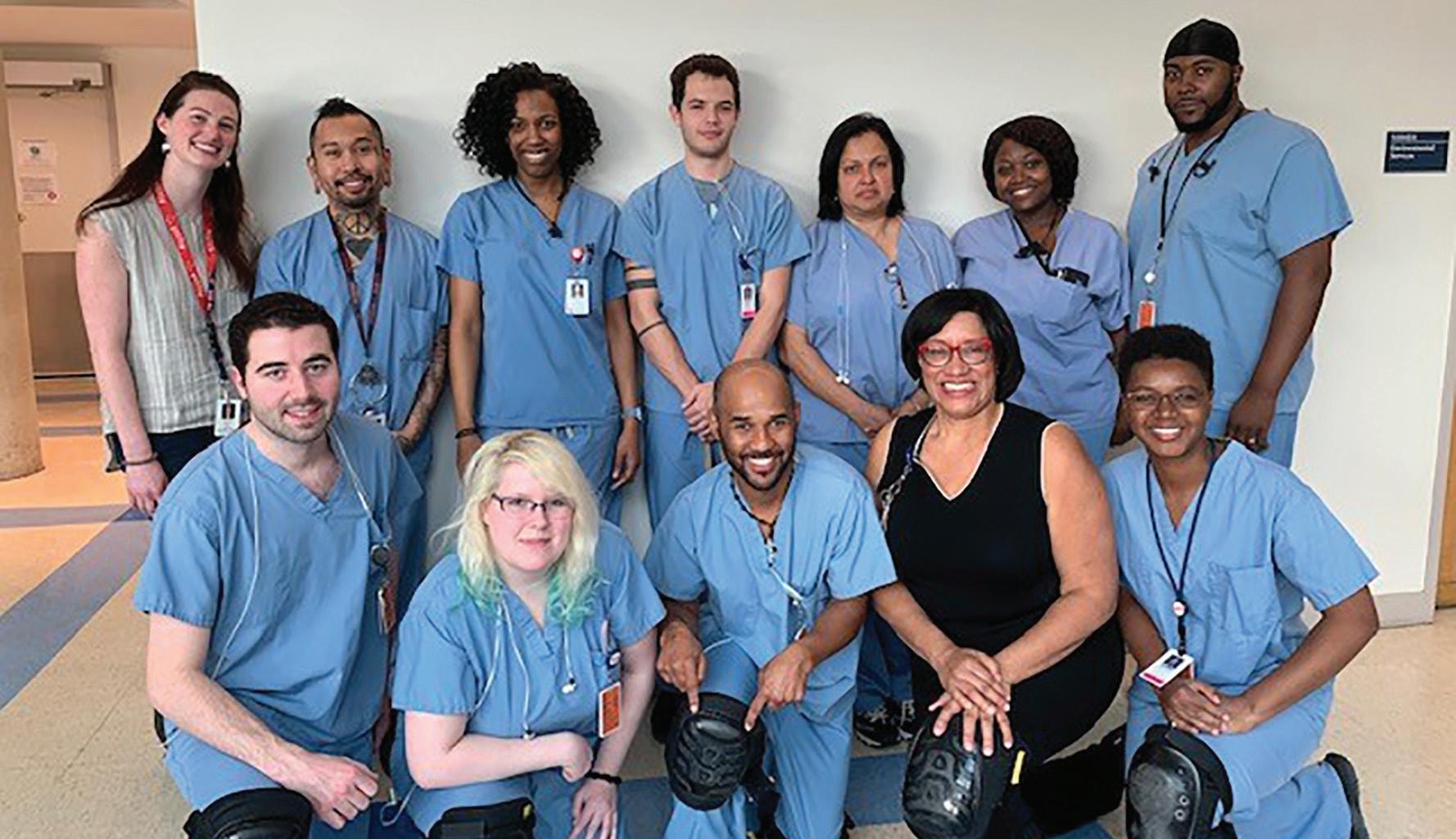TECH TIPS - HUSBANDRY, ENRICHMENT, NEW TECHNIQUES AND TACTICS
Effects of Hair Removal Creams on Mouse Skin By Michelle Reichert, BVetMed MRCVS, Nathan Koewler, DVM, DACLAM, Ann M. Hargis, DVM MS, DACVP, and Lynn Collura Impelluso, DVM, MBA, DACLAM
R
emoving animal hair prior to a procedure is a common requirement to minimize contamination and improve visualization. Human hair removal brands such as Nair™ (Church & Dwight; Ewing, NJ) are sometimes used in research to remove hair from mice before surgery, imaging, and other procedures.1,3 While the use of these depilatory creams in rodent research is relatively widespread, few studies have evaluated their potential to cause tissue injury despite the fact that they contain active ingredients that are known irritants and corrosives.4 A significant concern with depilatory creams in rodents is that their instructions regarding contact time are for usage on human hair. While Nair™ recommends leaving creams on for 3-5 minutes for human use, contact times found in the literature for rodents range from 5 seconds to 10 minutes,1, 5, 2 with 73% of respondents of a recent survey reporting using contact times of 30 seconds to 120 seconds.3 A previous study using body formula Nair™ in rodents for 10 seconds found markers of inflammation, including epidermal hyperplasia, dermal fibroplasia, and infiltration of neutrophils.2 Another study using Nair™ for 15-20 seconds found epidermal hyperplasia and increased dermal immune cells compared to just shaving.1 Both of these rodent studies used relatively short contact times compared to the reported average of 30-120 seconds,3 suggesting that most application protocols may be inducing significant inflammatory changes. We sought to determine how the contact time of Nair™ affects mouse skin to understand better the effects of these creams on animal welfare and research outcomes. We also hope to use this data to provide recommendations for Nair™ contact times to the researchers who use it as a means of hair removal.
Materials and Methods
Two strains of mice (C57BL/6, n = 32 and Crl:CD-1(ICR), n = 32) were used in the study to compare the effects of Nair™ cream on both pigmented and albino skin. Mice had body formula Nair™ applied to one flank for 15, 30, 60, or 120 seconds whereas the contralateral flank was shaved with clippers (WAHL Professional BravMini; Sterling, IL) to serve as a control (Figure 1). Skin samples were collected for histologic evaluation 3 days after Nair™ application (this collection time point was determined to be the point of peak inflammation after Nair™ application during a previous pilot study). All 46 Laboratory Animal Science Professional May 2022
Figure 1: Example diagram of control skin (flanks) (A; shaved with clippers) versus treatment (B; application of Nair). Treatment and control flanks were assigned randomly.
experimental procedures were approved by the IACUC at the University of Minnesota. Skin samples were analyzed by a veterinary pathologist using the scoring system shown in Table 1. The criteria assessed are well-known markers of cutaneous inflammation and proliferation2,3 and the pathologist was blinded to treatment groups. All data were analyzed via nonparametric comparisons using Wilcoxon Method, with P ≤ 0.05 being significant.
Results and Conclusions
In C57BL/6 mice, Nair™ caused an increase in the average histopathologic score at each contact time evaluated compared to skin that had been shaved (Figure 2). However, this increase was statistically significant for contact times of 30 or 60 seconds. The lack of significance seen at 15 and 120 seconds of contact time may be due to the loss of several samples from these groups during the transport of the skin samples; thus, these groups included fewer animals. Conversely, in CD-1 mice, Nair™ caused a statically significant increase in the average histopathologic score at every contact time evaluated (Figure 3). These results support our hypothesis that the use of








